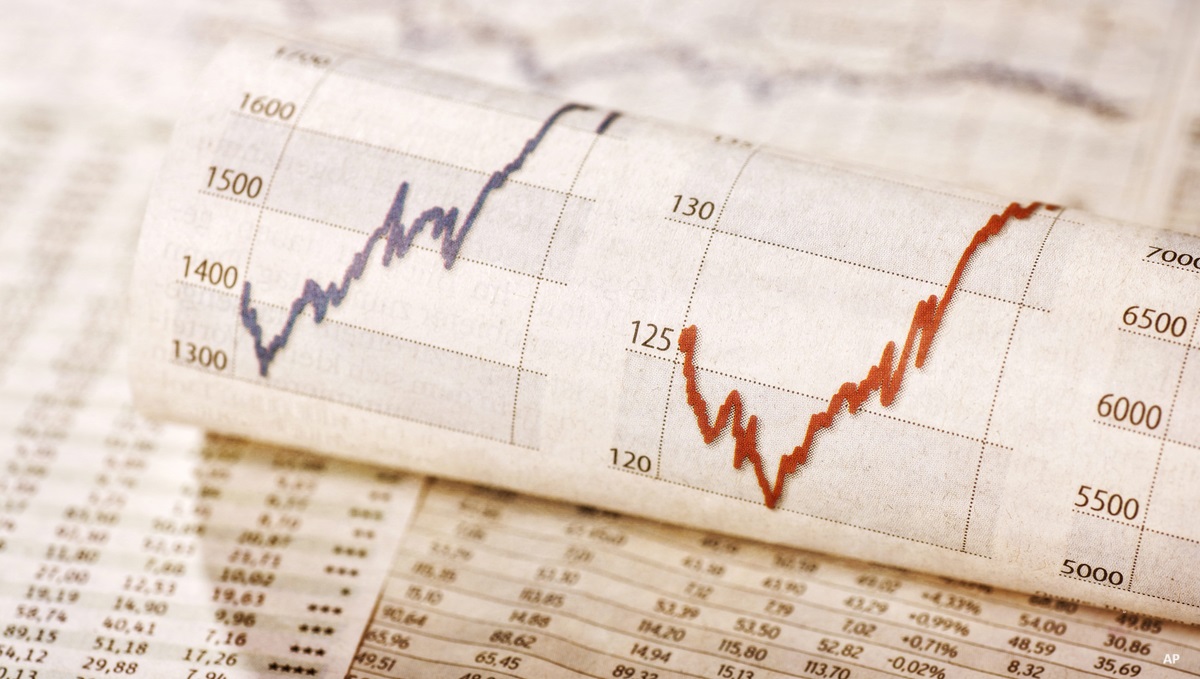Editor's note: Investors in U.S. equities have endured one of the market's worst 10-year periods ever. That was then. Now, according to our panellists, there are attractive opportunities in U.S.-based large-cap companies with global reach.
Taking part in Morningstar's U.S. manager roundtable were:
Brad Willock, vice-president and senior portfolio manager, U.S. equities, at Toronto-based RBC Global Asset Management. He is a member of the U.S. equity team, which has a wide range of mandates including RBC U.S. Equity  and RBC North American Dividend.
and RBC North American Dividend.
Janet Navon, managing director, director of research and a member of the U.S. investment team at New-York-based Epoch Investment Partners Inc., whose mandates include managing assets for Toronto-based CI Investments Inc. Epoch is responsible for CI American Value  and CI American Value Corporate Class.
and CI American Value Corporate Class.
Gavin Ivory, vice-president, global equities, is head of the global equity team at Toronto-based Beutel Goodman & Co. Ltd. The team is responsible for all foreign equity mandates at the firm including Beutel Goodman American Equity Class.
Moderating their discussion was Morningstar columnist Sonita Horvitch, whose three-part series continues on Wednesday and concludes on Friday.
Q: U.S. equities are out of favour and have been for some time. What is the performance of the benchmark S&P 500 Index in the year to Oct. 15?
Willock: The index was up 5.5% and the total return was 7.2%.
Ivory: In Canadian-dollar terms the performance was weaker, because of the strong Canadian versus U.S. dollar.
Navon: The returns from the U.S. equity market over the last decade have been lower than many anticipated. Investors feel that they have had a lost decade.
Willock: It has been the worst 10-year return period since the 1930s.
| A lost decade for the U.S. stock market | |||||||
 |
|||||||
| 1Yr | 3Yr | 5Yr | 10Yr | ||||
 |
|||||||
 |
|||||||
| S&P 500 Total Return (C$) | 5.8 | -6.1 | -1.8 | -4.2 | |||
| S&P 500 Total Return (US$) | 10.2 | -7.2 | 0.6 | -0.4 | |||
 |
|||||||
| For periods ended Sept. 30 Source: Morningstar |
|||||||
 |
|||||||
Q: Is there value now in the U.S. equity market? Janet and Gavin, you are value managers and Brad is a GARP (growth at a reasonable price) manager.
Navon: We are certainly finding value, particularly in the large-cap sector. It must be remembered that U.S. companies are most often global companies, so that they are not only performing along the lines of the U.S. economy.
Willock: The companies in the S&P 500 Index generate 25% of their profits outside of the United States and Europe.
 |
|
 |
|
| Janet Navon: We are certainly finding value, particularly in the large-cap sector. | |
 |
|
 |
|
 |
Ivory: Companies like Microsoft Corp. MSFT and Johnson & Johnson JNJ have upwards of 40% to 50% of revenues from outside of the United States. These bigger companies offer a play on emerging economies.
Navon: Some of the smaller companies too. Tupperware Brands Corp. TUP, for example, has most of its growth coming from emerging markets.
Q: Gavin, what is the strategy in your global portfolio?
Ivory: We are putting more money into U.S. equities. The United States, from a global-portfolio perspective, offers some attractive companies with a global reach at compelling valuations. These companies are simply not available elsewhere and will get the full benefit of a depreciating U.S. dollar.
Willock: The Canadian equity market does not provide comprehensive exposure to sectors such as consumer products, health care and technology. The U.S. equity market is currently cheaper than the Canadian market.
Ivory: From a global perspective, the amount of cash flow generated by U.S. companies over the last year versus elsewhere is staggering. There is enormous firepower in U.S. companies.
Navon: To the extent that U.S. corporations are not finding things to buy they are buying their own shares. At the kind of valuations that we are seeing in some of our large-cap companies, it is probably the best investment they can make.
Ivory: They are also paying dividends. Some 25% of the U.S. equity market does not pay dividends, which is twice the average for the rest of the world. There are a lot of U.S. companies that are starting to pay dividends. Over time, dividend payers outperform.
 |
|
 |
|
| Gavin Ivory: The amount of cash flow generated by U.S. companies over the last year versus elsewhere is staggering. | |
 |
|
 |
|
 |
Willock: In RBC North American Dividend, the companies' payouts have started to increase. Also, the companies can borrow in the debt market at low interest rates. For example, Johnson & Johnson was able to issue 10-year bonds at 2.8% and the stock's dividend yield at the time was 3.7%. If the CFO buys-back JNJ stock, there is a 90-basis point spread.
Navon: Microsoft issued debt of US$4.75 billion in September. Of this, US$1 billion due Sept. 25, 2013, was at 0.875%.
Willock: Microsoft's dividend yield is more than 2%. There is an arbitrage opportunity available.
Navon: It speaks to the disparity in the valuations between debt and equity in the United States.
Willock: Equities are out of favour. Pension funds are continuing to take money out of stocks in favour of fixed-income investments. They may consider that the returns from equities will be there, but they are more interested in the lack of volatility and predictability of fixed-income assets. They are willing to pay an enormous price for this.
Q: What about the impact of the expected second round of quantitative easing by the U.S. Federal Reserve Board?
Navon: A lot of this has already been priced into the financial markets.
Willock: This round of quantitative easing will likely be less than expected. It will be done gradually and not in one shot. The announcement of it had an initial impact on the U.S. stock market. Fed chairman Ben Bernanke has already done some of what he has wanted to do just by talking about it. It is reflected in the weaker U.S. dollar. Bernanke continues to emphasize that he will do whatever it takes to fix the problem.
 |
|
 |
|
| Brad Willock: It has been the worst 10-year return period since the 1930s for U.S. Equities. | |
 |
|
 |
|
 |
Navon: This is also the message that Fed governors are giving out. With quantitative easing, it is not clear that the money is making its way into the real economy. What you are getting is a decline in interest rates. To the extent that consumers and businesses can refinance loans at lower rates, this is a positive.
Ivory: Quantitative easing has not had much impact on the U.S. economy so far. The rest of the world is concerned that the orderly currency devaluation on competitive grounds that is under way could turn into a full-fledged rout. There are also the long-term inflationary implications of this printing of money.
Q: What is the outlook for U.S. equities?
Navon: Global GDP growth will likely be in the 4% per annum range and close to 2% in the developed economies. In which case, U.S. equity returns could be in the 6% to 8% range per annum over a five-year period.
Ivory: On a risk-adjusted return forecast for the next year, you will likely make more money in U.S. equities than you will in bonds and cash and in a lot of emerging markets. The bull case for equities rests on interest rates gently bottoming and gently rising.
Willock: There is an overhang in U.S. housing, which will take some years to clear up. The plus is that free cash flow available to consumers and corporations is a record 10% of GDP. If confidence improves, there will be more capital spending, people will be hired, the U.S. dollar will strengthen. It will be a powerful move. Equities will be by far the best asset class. It could take three or four more years for confidence to be fully restored, and stocks could be range-bound for some time. But the next bull market in equities is out there and the bull market in bonds is sufficiently over for investors to start thinking of equities.
Photos by: www.paullawrencephotography.com





:quality(80)/cloudfront-us-east-1.images.arcpublishing.com/morningstar/ZHTKX3QAYCHPXKWRA6SEOUGCK4.png)



:quality(80)/cloudfront-us-east-1.images.arcpublishing.com/morningstar/MNPB4CP64NCNLA3MTELE3ISLRY.jpg)





